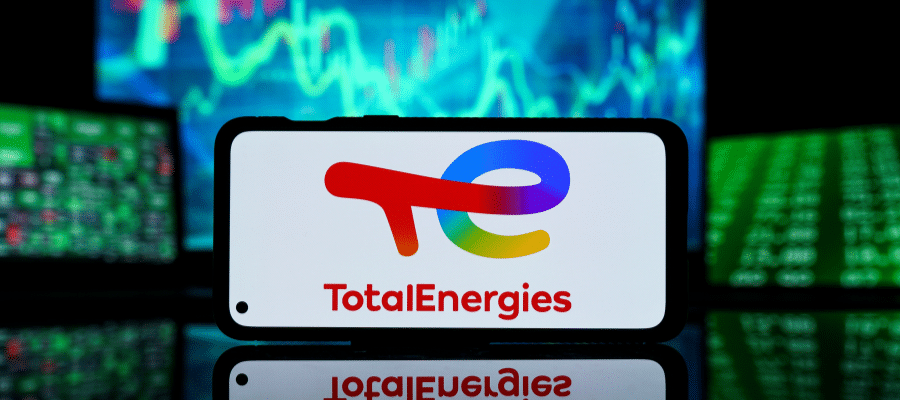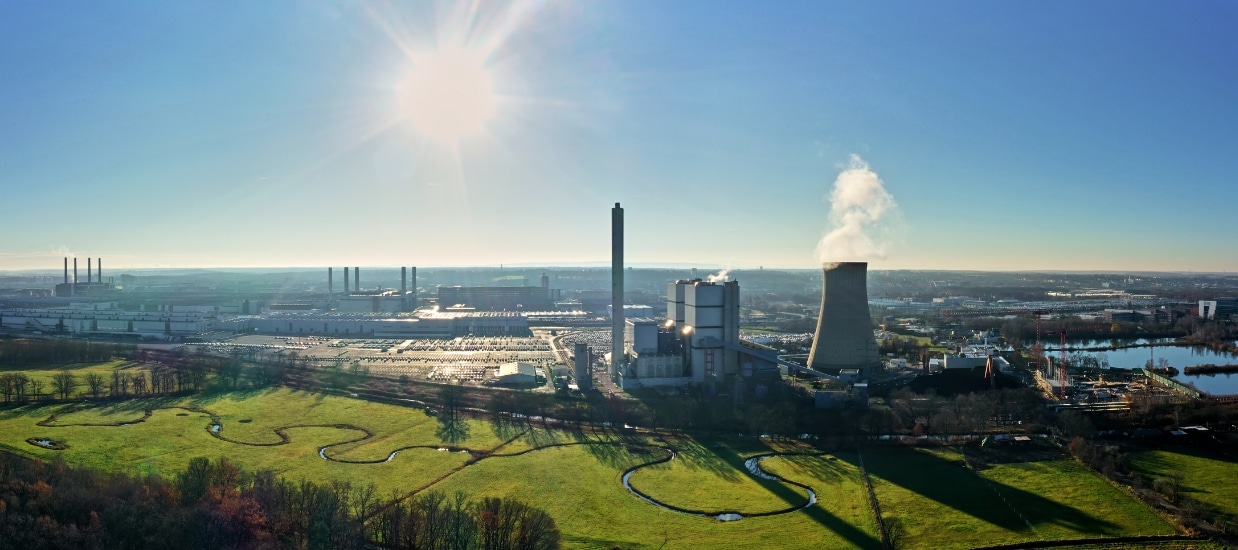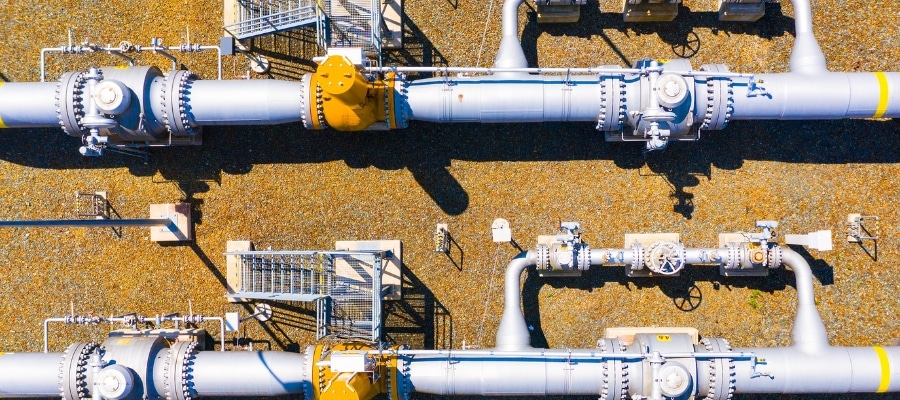Six of France’s biggest banks have adopted 2030 sectoral decarbonization targets as part of their commitments under the Net-Zero Banking Alliance (NZBA). The targets vary widely in their methodologies making it difficult to make direct comparisons between them. None of the targets cover underwriting activities, a key component of bank finance for corporations. Despite the diversity of the targets, all suffer from the same shortcoming: on their own they fail to ensure the short-term actions necessary to keep the 1.5°C goal within reach, the most important of which is to stop financing for companies expanding oil and gas production.
Which banks, what sectors?
The six French banks that have joined the NZBA have published decarbonization targets for some of their most carbon-intensive sectors, a requirement of NZBA membership. All of the banks have set targets for the oil and gas, and power sectors, except for La Banque Postale which has strong fossil fuel exclusion policies including a phaseout of all coal financing and upstream and midstream oil and gas financing by 2030.
BNP Paribas, Crédit Agricole and La Banque Postale have set targets for car manufacturing. Crédit Agricole and La Banque Postale have also set cement and commercial real estate targets. La Banque Postale has set a target for residential real estate. None of the banks have yet set targets for other important sectors such as iron and steel, aluminum, or agriculture. This blog focuses on energy sector targets given the centrality of the sector to emissions.
Targeting oil and gas
Four banks have set targets to reduce their financed emissions from oil and gas lending by 30% by 2030. This compares with a 23% reduction in absolute global oil and gas emissions between 2020-2030 modeled in the IEA’s net-zero emissions scenario (NZE). It is appropriate that the French banks’ should reduce their financed emissions from oil and gas at a rate greater than the IEA’s global emissions decline, given that most of their business is in developed countries which for reasons of capacity and historical responsibility need to decarbonize faster than developing countries. More clarity on target design is needed from some of the banks, however, so that it is possible to compare the bank’s targets to the NZE (and to each other):
- Crédit Agricole has the most comprehensive and clear 2030 oil and gas financed emission target: a 30% reduction in absolute emissions encompassing scope 1, 2 and 3.
- Société Générale also has a 30% absolute emissions reduction target, but it does not cover scope 1 or 2 emissions, meaning that it ignores the roughly 20% of oil and gas emissions from the upstream and midstream parts of the value chain.
- Crédit Mutuel’s target covers all three scopes, but it does not specify if it is based on absolute or intensity metrics.
- BPCE does not cover scope 1 and 2 emissions and fails to state if its target is based on absolute or intensity values.
BNP Paribas has published more detail on its targets than the other banks, but still needs to set an absolute financed emissions reduction target for the oil and gas sector in 2030. BNP Paribas’ only oil and gas financed emissions target is for an 10% reduction in CO2e emissions intensity across all scopes between 2020 and 2025, which could theoretically be met even if the bank’s absolute financed emissions from oil and gas increase, for example if any outstanding tar sands loans were to be paid off, and new loans made to companies such as Saudi Aramco that exploit less carbon-intensive resources.
BNP Paribas does have 2030 targets – for reducing its loanbook exposure by 80% for upstream oil and by 30% for upstream gas. While this oil target is undeniably high, it is not possible to say if these joint targets are aligned with the NZE as they are based on financial exposure rather than actual emissions, and the NZE does not account for emissions from oil separately from those for gas.
The need to target methane
Recent reports by the UN Environment Programme and the IEA have stressed the vital need for — and the feasibility of — rapid short term cuts in emissions of the powerful but short-lived greenhouse gas methane from fossil fuel operations if we are to keep warming under 1.5°C. The NZBA requires banks to set their targets based on CO2-equivalent (CO2e) measurements, meaning that they need to include the warming impact of non-CO2 gases including methane.
While CO2e is a comprehensive metric, it is opaque and does not reveal how much methane is being reduced. For fossil fuel companies to be held to account for focusing on fixing their methane problem it is better to present separate targets for CO2 and methane.
None of the banks have set methane-specific targets. BNP Paribas and Crédit Agricole set their targets in CO2e. Crédit Mutuel, BPCE and Société Générale fail to specify if their oil and gas targets are CO2 or CO2e.
Power sector targets
All of the French banks’ power sector targets are based on intensity metrics (CO2/kWh or CO2e/kWh). Power sector intensity metrics are important, especially for comparing the ambition of institutions with wide differences in their volumes of financing. If expressed in CO2/kWh they allow for a direct comparison with the NZE’s 2030 projection. However intensity targets must be complemented with absolute emission targets to evaluate the rate at which a bank is going to reduce its actual financed emissions to the atmosphere.
Crédit Agricole’s 2030 target of 95 gCO2e/kWh is the most ambitious 2030 power sector target; the BPCE/Natixis target of 138 gCO2e/kWh is the least ambitious. BNP Paribas has set a 2025 target of 146 gCO2/kWh. It has not set a 2030 power sector target.
The NZE global power sector emission intensity in 2030 is 138 gCO2/kWh. Allowing for the UN principle that for reasons of responsibility and capacity northern countries have a responsibility to act more quickly than those in the global south, French bank power sector targets should be significantly less than the IEA’s net-zero scenario global averages (1).
Underwriting is half the problem
A key failing of the French banks’ targets is that unlike some major North American and UK banks (2), none address underwriting of new issuances of stocks and bonds, despite this representing typically around half of annual bank financing for fossil fuel companies (3). The NZBA has committed to considering requiring its members to set targets for their underwriting activities in its updated guidelines. But these are not due to be published until April 2024 and there is no guarantee that the NZBA will make inclusion of underwriting in targets mandatory. The standard-setting body Platform for Carbon Accounting Financials (PCAF) is supposed to shortly issue its methodology for measuring emissions facilitated by underwriting. French banks should commit to using this methodology as soon as possible, and not wait another year to see what the NZBA agrees on this issue (4).
The need to tackle fossil fuel expansion directly
A systemic shortcoming of decarbonization targets is that achieving annual declines in exposure to carbon-intensive sectors does not prevent new loans to companies building new fossil fuel infrastructure. Bank commercial loans are typically repaid after a few years, after which the emissions associated with these loans will be taken off the banks’ books, while new oil fields or coal plants are planned to keep emitting CO2 for decades. Pressuring fossil fuel companies to stop expanding production therefore requires robust policies that directly restrict finance to fossil expanders (5).
Out of the French NZBA members, all have policies restricting support to coal developers, although only La Banque Postale and Crédit Mutuel have robust policies. La Banque Postale also has a best practice policy to end financing for oil and gas expansion. None of the other banks have any policies restricting support to oil and gas developers (6), with the result that they are major financiers of fossil fuel expansion.
To align with 1.5°C, French banks need strong engagement and exclusion policies in addition to ambitious decarbonization targets for all high-emitting sectors. These targets need to include underwriting, must be detailed and clear, should include both absolute and intensity metrics, should have separate CO2 and CH4 targets (in addition to a combined CO2e metric), and need to be ambitious, with goals for 2030 reductions that go beyond the global figures set in the IEA’s net zero scenario.



